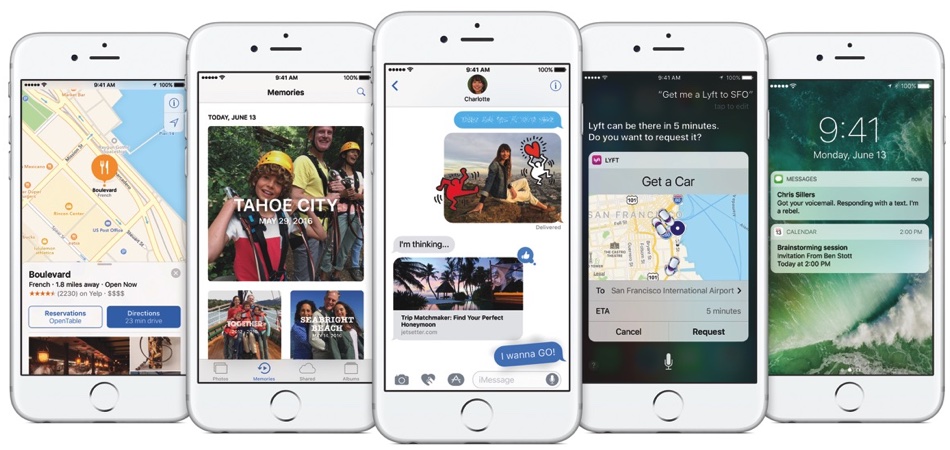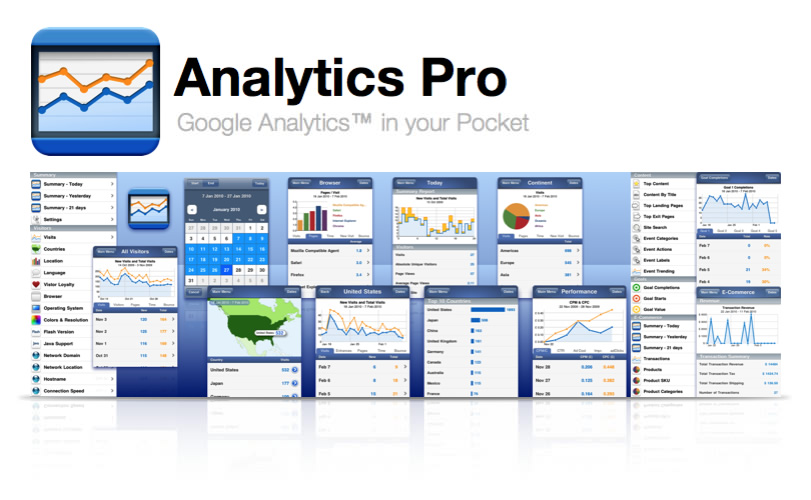
We all live in an age of laptops, smartphones and tablets. They have become such a part of our lives, its hard to imagine ourselves with out them. We use them at work, home and pretty much every where. But what would happen if those things disappeared one day, what would you do? How would you protect your data? And more importantly how would you recover your data?
I speak from experience because on Feb 28th of this year, everything but my iPhone was stolen. You may ask, how did this happen? Well it was taken out of my car. It wasn’t left in the front seat, but rather in the trunk. I left work with coworkers to go out to eat at Flip Burger on Howell Mill. I put my bag containing all the devices and more in the trunk. Then drove to the restaurant. I have always heard “security experts” say never put your bag in the trunk when you arrive, but rather when you leave. I did this, I went into Flip had dinner and after dinner I dropped off a coworker at his car then drove the 30 minute drive home to the burbs. I got out of my car opened my trunk and the bag was gone. It was that first feeling you know something has gone wrong but you don’t to believe it. I clearly remembered putting my bag in the trunk. I called one of my coworkers and asked if they remembered and they said “um yeah”. I thought maybe i left it at work, and didn’t pay attention when I left. So I drove the 30 minutes back to work and when I arrived, the bag was no where to be seen. Right then I knew everything was gone. At the time I couldn’t see how they got the bag and it was the only thing taken. I didn’t see any signs of forced entry and I always lock my car. Well the next morning I noticed they got in through the door handle and opened the trunk from the inside.
On a side note my work place and two offer offices were broken into that same night and the only things stolen were more Apple Products. So this was a calculated operation and I was told by many that the MacBook and Ipad were probably not going to be recovered.
Not only were my devices stolen but receipts from a recent trip business trip to Vegas, Business cards from new contacts made, external hard drive, thumb drives, check book and the list keeps going on an on. For about two weeks I kept remembering things that were in the bag that were now gone.
So this leads me to the post, what do you do to A) Protect you data and B.) recover your data if it gets lost or stolen.
- Use a security code on your devices – Most everyone i know does this step. Make sure when your device goes to sleep you have to use a code/password to get back into the device. I believe windows now does this by default. However, on a Mac this is optional. Go under Settings and change it so you have to enter a password after the machine goes to sleep. On your phones and tablets is super easy to set a pass code. On IOS you can use a longer code to get in the device rather then the 4 digit code. If you keep it all number you can use the number interface when inputting the code. This may seem like a nuance but trust me, it will get you peace of mind if your devices are stolen. Let me also say that if someone wants to hack to get in your devices it will only be a matter of time before they do it. In my case I don’t believe they wanted the info, but rather the device.
- Back up your computer’s hard drive/Device data – This is another one of those “Duh tips.” But how many people back their computers up on a regular basis? I used to do it every day. I would come home and back it up. But in the weeks before the theft I got lazy. I did back it up two days before, so there was minimal data loss. The main thing missing was email Which was still on the server. Time Machine on the Mac does an amazing job. Granted if you have to install from a back up you will have to wait a few hours for it to reinstall but its set up the way you had it before the loss. Also, back up your iPhone/Ipad daily Again this seems like a chore to do every day but if it is gone, you will have the most up to date back up. Another option is have a backup in the cloud. I didn’t have a service like Carbonite, but after this I am getting it. This will ensure if you’re on the road you can get important file you need from any computer. I have heard from tech guru Leo Laporte that You need one local back up and one in the cloud. After this experience I fully believe it.
- Back up your important file (documents/Pictures) – I also have a separate back up of really important files. This is easy becasue most cloud services (i.e. Goolge Drive, Drop Box, Box etc)now, you get about 5GB of storage. Choose the files that are most important to you and always have them uploaded to the current version. Pictures are another one of those items that are really important. Its the one thing most people loose that they really want to recover. I have added a paid Flicr account that allows me to back up unlimited high resolution pictures for a year. I probably won’t use it for anything other then back up. You can also use social networks but the problem there is downloading them. There is no easy way to get them from Google+ or Facebook in a bulk download.
- Password protect any files/Programs – The computer stolen had all my data on it for my business accounting, bank statements and etc. All the info that could really get me in trouble. I had my quick books password protected. But everything else was left open. If there is a way to password protect finanical and important documents do it. I know not all programs offer this, but it’s just an added level of security.
- Saving Passwords in your Browser – This one is the toughest one for me to change. I know many of us just put our passwords in and let our browser remember them. While this is convenient it’s not secure. The best thing to do is get a third party app like 1Password to store all your info and passwords. The file 1Password creates is encrypted and safe. There have been no known hacking into these files. 1Password stores your info on Dropbox so it’s portable across devices. But, if you’re like me you don’t always have access to put 1Password on devices you work on a daily basis. Once solution to that is create specific passwords for different accounts. Don’t use the same password for all your financial sites but create ones that you can remember and have a mix of letters and numbers and symples such as $#!&. This will make it harder to guess. I create two columns of about 14 words, each list chosen randomly and then randomly combined with number combinations worked great. Granted some of the passwords are crazy but they are easier for me to remember.
Those are some tips to get you started on protecting you data and devices. I hope you don’t ever go through what I did with getting a device stolen. But if you do and take these steps you will feel safer then if the thieves had access to all your data. In part 2 I will discuss a few apps I’m using now to help save the receipts, data, and contact info you get while in your daily life.



